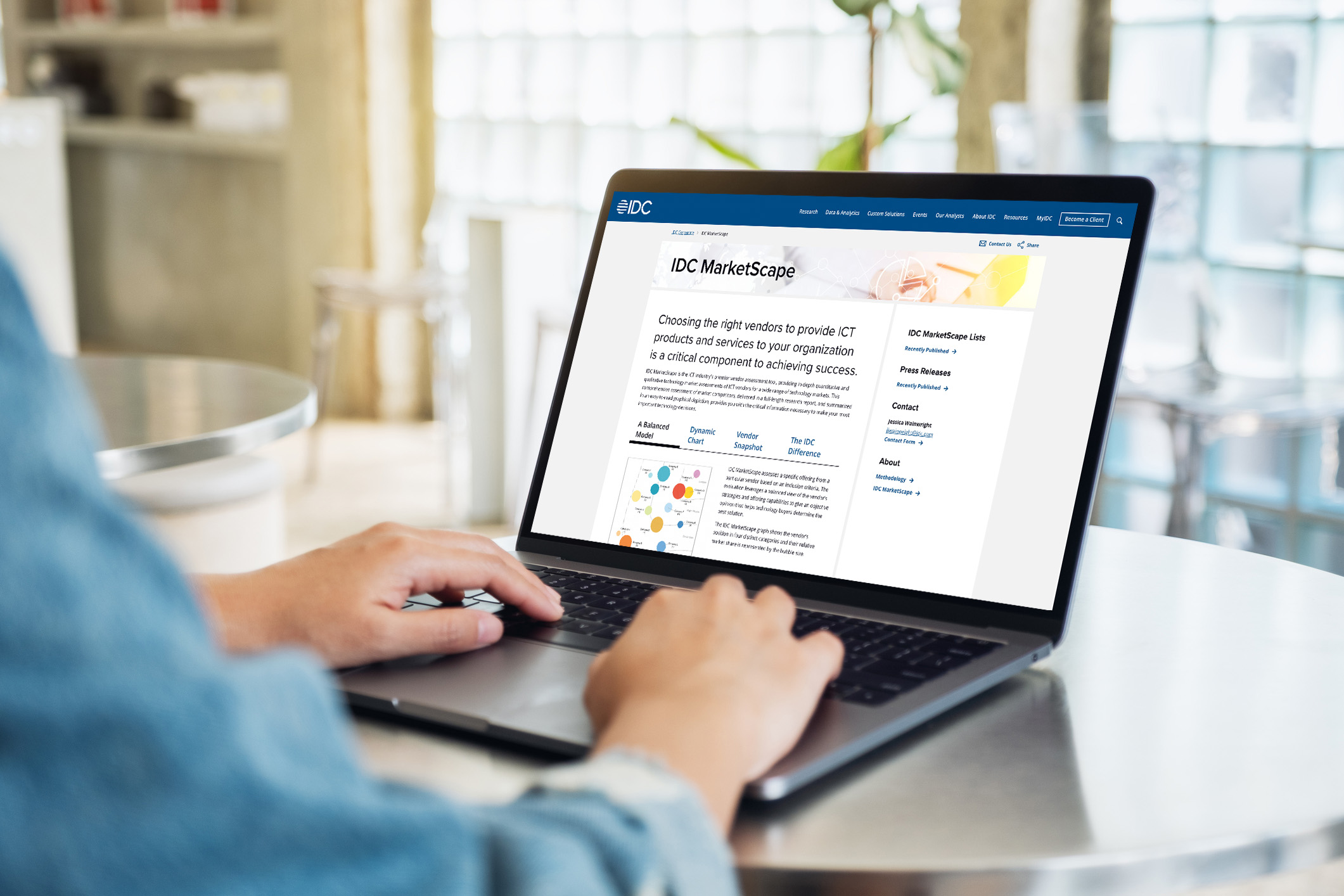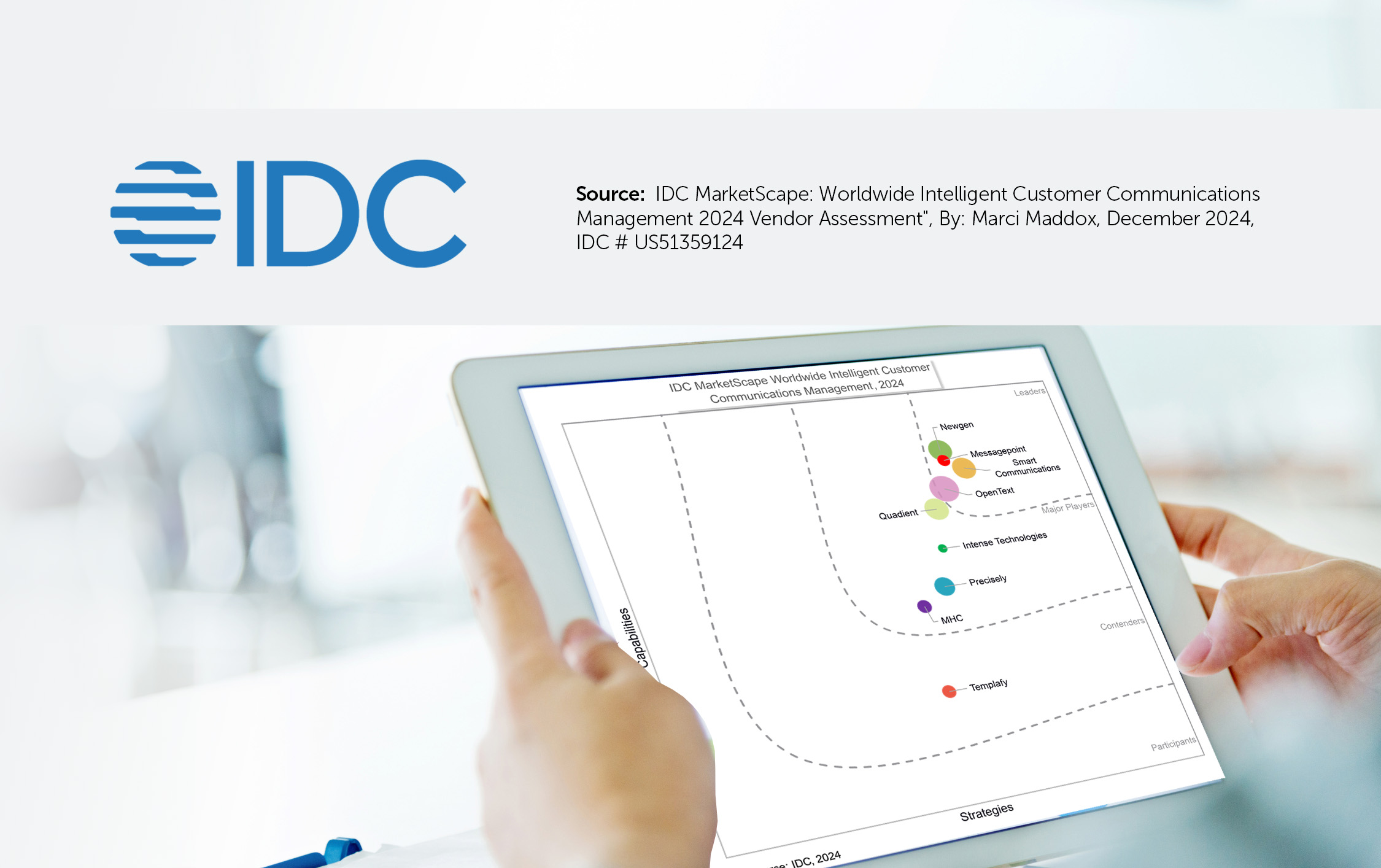
The workplace is all about power and politics, and when it comes to getting what you want, your first challenge is about learning how to gain support for your ideas from key decision makers.
While it might feel like the answer will inevitably be a short “no”, or “we don’t have the budget at the moment”, every time you propose a new idea, it’s far more likely that you just didn’t make your case compelling enough.
Think about it: your average senior executive is stretched thin for both time and resources, and every time you suggest a new initiative, you’re unfortunately having to fight an uphill battle for attention. In fact, the following thoughts are more than likely at the very top of your boss’s mind when you approach him or her with your latest proposal:
While the majority of these thoughts may be unspoken, they’re representative of the very real challenges and headaches of most executives. Now that you know at least a few of the issues keeping your boss awake at night, consider a few other corporate realities:
While there may be several good reasons as to why your ideas, requests, and projects might seem to go nowhere either with your boss or your boss’s boss, your challenge is to anticipate the issues identified above and present a case that eliminates the largest obstacles ahead of time.
Over the past 20-30 years, communications channels have evolved from mail, fax, and call centres to the web, email, SMS, and social media. This means that today, most businesses provide a somewhat chaotic mix of uncoordinated communications that can easily turn into a fragmented experience, leaving your customers feeling confused and frustrated. For businesses, this all too often results in inefficiencies, opportunities for miscommunication, and costly errors.
According to business analysts at Forrester, over the next few years, customer communication management (CCM) software will continue to “bring better customer experiences, become easier to use, evolve toward broader communication needs and more tightly integrate with other business applications.”
Customer-facing communications have a huge influence on company performance—yet we know that CCM rarely receives the same strategic attention as other fundamental activities within an insurance organization, such as Finance, Human Resources and Research and Development, and is generally left to function in disconnected pockets of technology and processes.
To change this situation, you—as a CCM advocate—are in the best position to lead the charge within your organization, but it’s easier said than done. What’s needed is an overarching communications strategy that unifies the various pieces of your communications puzzle into an integrated platform.
But these aren’t the only problems disjointed, legacy systems can create:
As already mentioned, when multichannel solutions operate in content silos, different departments may not be providing a consistent experience from the customer’s point of view.
Reworking infrastructure to deliver a better experience can be viewed as an expensive and time-consuming process that requires either a rip-and-replace approach, or the migration of tens to hundreds-of-thousands of document templates to the new environment.
However, as with anything large and looming, a project that seems difficult to initiate is always easier if you break it down into smaller, more manageable pieces.
A. It’s all about the technology: In your customers’ mind, their experiences are already omnichannel—a blend of web, email and direct mail impressions. The challenge is to ensure that their experiences with you are consistent, and that messaging is reinforced across all channels.
It’s vital to find the appropriate tools necessary to ensure unified management of your customer communications analytics across all channels, allowing you to make data-driven decisions around how to improve the CX. So, with this in mind, look for a solution that allows for centralized content and messaging management that can connect your content and rules consistently across all channels.
Working with a single platform will also make it possible to reduce the number of document templates being created and offer the functionality to generate output that ensures consistency. This content should be able to be managed directly by marketers or business users regardless of channel—be it digital or print.
B. Take it one project at a time: Every organization has a plethora of communications it sends to customers—from letters to statements to policy contracts and more. The low-hanging fruit will be different from company to company, but there will likely be communications that can be improved with personalization and engagement.
In this case, you’re likely looking to improve your organization’s correspondence as a place to start. Focusing on a holistic rethink on how to revise correspondence to create a better customer experience is a way to deliver a win for your organization that can become a catalyst for additional transformation. It may not bring that perfect customer experience you’re looking for to fruition organization-wide, but it’s a lot better than doing nothing.
Remember: the more technology advances, the more important it is that your organization keeps pace. It’s okay to start slowly and strategically with a timeframe that fits with the culture of your business, but it’s just as important to start somewhere and let your customers know you’re committed to meeting them with relevancy where they want to be met.
The story is all too familiar: multiple departments and multiple systems are typically responsible for different aspects of customer communications. Strategies and investments in one area, such as customer statements, are often planned for and implemented in isolation from other customer-facing communications in areas like marketing, compliance or customer support.
It’s very common for organizations to have multiple departments, multiple vendors and multiple systems in place for different document-related activities; each with its own unique workflow, decision-making processes, and financial impact on the organization. However, without coordination among departments, consistency of communications can’t exist.
Developing a strategy to enhance communications begins with gaining a clear and detailed understanding of the overall state of the organization’s content. The reality for many organizations is that they too often have content that’s inaccurate, redundant and improperly branded.
Sorting through those communications and finding an intelligent way to organize, minimize and implement a plain language refresh of that content is essential to moving forward in revitalizing your claims communications strategy.
A strategy for accomplishing the goal of organizing content is to establish a “center of excellence.” Many organizations have disparate technologies in place for various functions, such as onboarding and email communications. Gathering together the stakeholders from all of these disparate functions to define a centralized communications strategy can go a long way toward breaking down these communication silos and intensifying the focus on customer experience throughout an organization.
Moreover, in many cases, legacy communications platforms use static templates for their correspondence. There may be a block of content that’s repeated in 100 different variations of a letter.
Changing that content is a monumental task, requiring making the change be made to every single one of the static templates. Typically, these changes will be performed by IT, which can be a time-consuming project. In fact, for some insurers, there may be as much as a six-month backlog simply to make a small regulatory change to its correspondence.
In cases like this, it’s nearly impossible to make changes to improve the customer experience because state regulations that take priority continue to absorb IT resources.
One way to solve this dilemma is to move from a static to a dynamic template approach to creating customer communications. Unlike the static approach, dynamic templates will allow a change to be made once to a content block, and immediately populated to all appropriate correspondence templates—avoiding the need to involve IT resources in the process at all.
Ideally, a CCM solution should include multichannel output management capabilities to enable customer touchpoints through a wide range of communication media: mobile, email, online and print. These systems can replace hundreds of legacy templates with a single, flexible user experience that provides relevant—yet approved—content to your customers in less time, and with less effort.

TORONTO, December 5, 2024 – Messagepoint Inc. announced it has been named a Leader in the IDC MarketScape:…
Read more
IDC’s MarketScape for Intelligent Customer Communications Management evaluates vendors that natively own or integrate forms technology and artificial…
Read the whitepaper
The mortgage servicing industry is under immense financial pressure. With interest rates high and home prices still rising,…
Read the Article